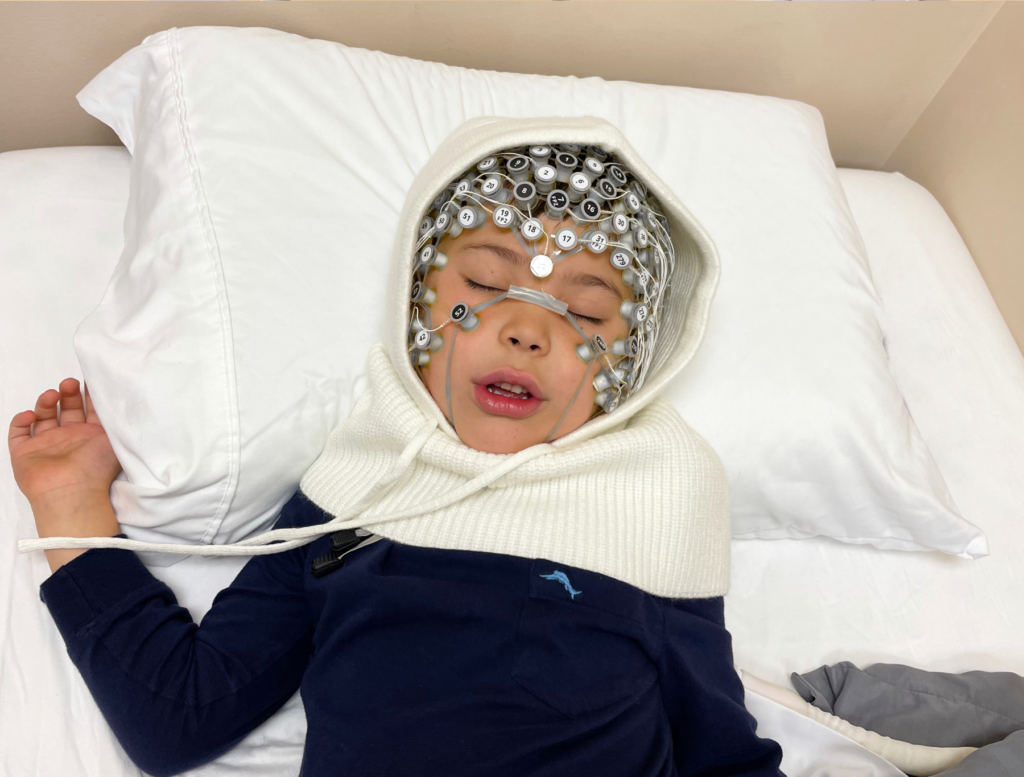Deep sleep disorder, also known as slow wave sleep disorder or deep sleep behavior disorder, is a sleep disorder characterized by abnormal behavior during the deep sleep stage of the sleep cycle. This disorder is relatively rare, affecting about 2% of the population. Understanding the causes, symptoms, and treatments of deep sleep disorder is crucial for those who suffer from it and for healthcare professionals who aim to provide appropriate care. In this article, we will explore the various aspects of deep sleep disorder.
The exact cause of deep sleep disorder is not fully understood. However, researchers believe that it is related to the dysfunction of the brain structures responsible for regulating sleep and controlling muscle movement during sleep.
Some studies suggest that deep sleep disorder may be associated with neurodegenerative disorders, such as Parkinson’s disease or multiple system atrophy. Other factors, such as certain medications, substance abuse, or head injuries, may also contribute to the development of deep sleep disorder. If you want to know more about deep sleep disorder then visit https://nobedwetting.com/sleep-patternsdisorders/.

The primary symptom of deep sleep disorder is abnormal behavior during the deep sleep stage. Unlike most people who remain still and relaxed during deep sleep, individuals with deep sleep disorder may exhibit various motor behaviors. These behaviors can range from simple movements, such as kicking or punching, to more complex actions, such as jumping out of bed or even running. The person may also talk, shout, or scream during deep sleep episodes.
Diagnosing deep sleep disorder can be challenging, as the symptoms may be mistaken for other sleep disorders or psychiatric conditions. It is essential to consult a sleep specialist who can conduct a thorough evaluation and gather the necessary information. The diagnosis typically involves a detailed medical history, sleep diary, and in some cases, overnight polysomnography.
